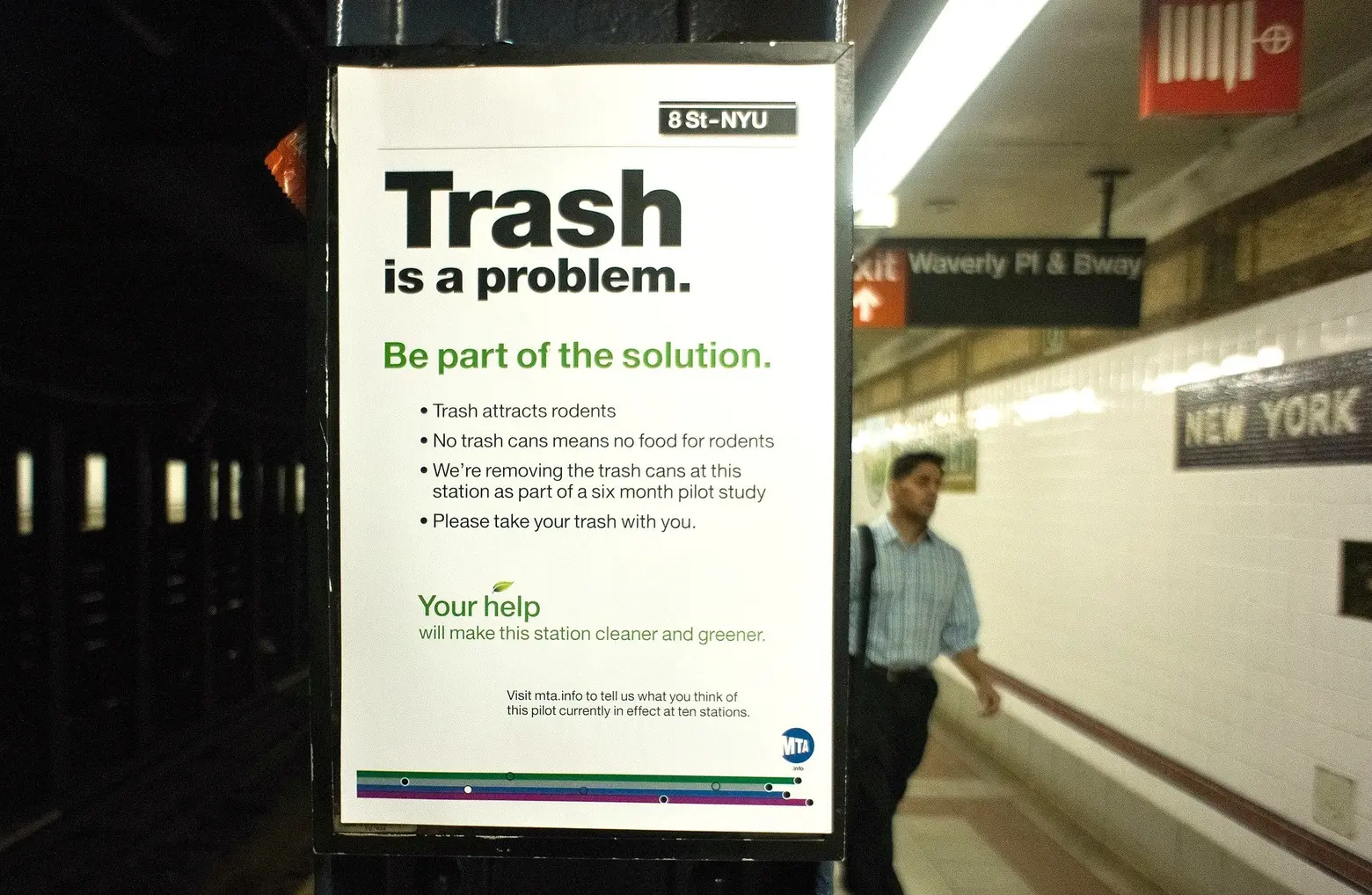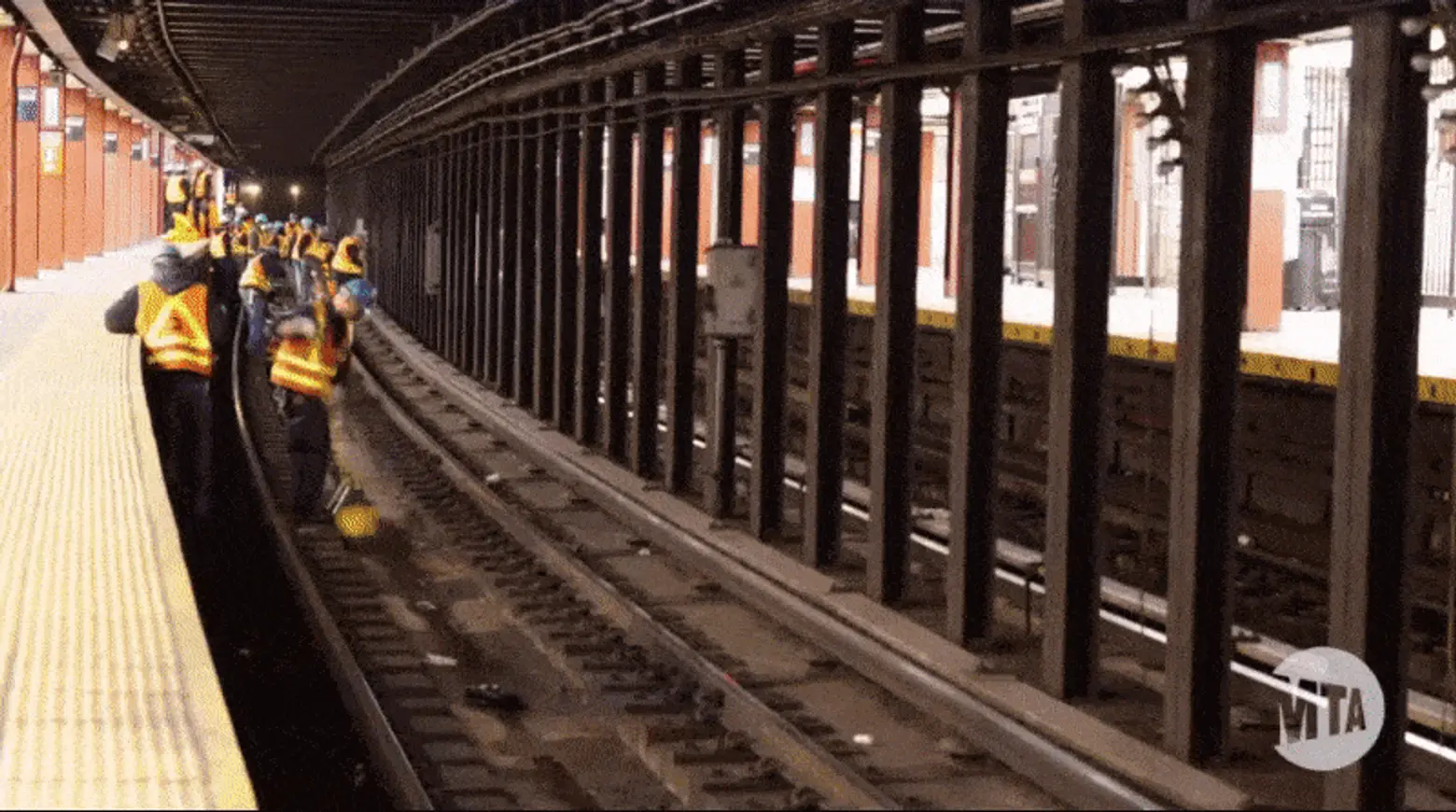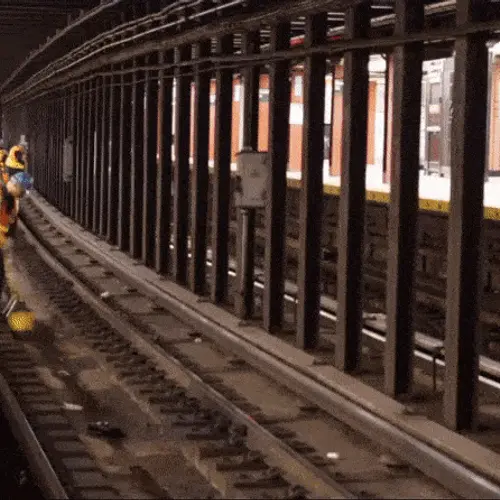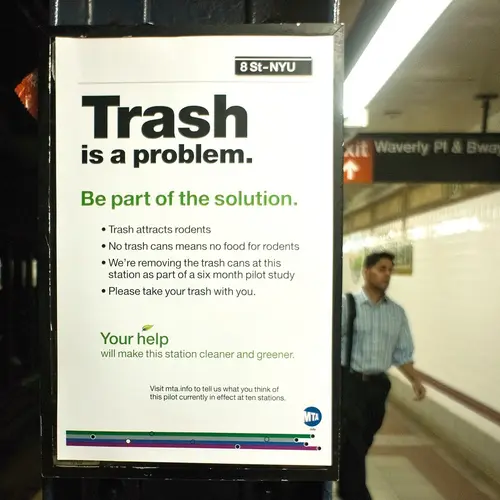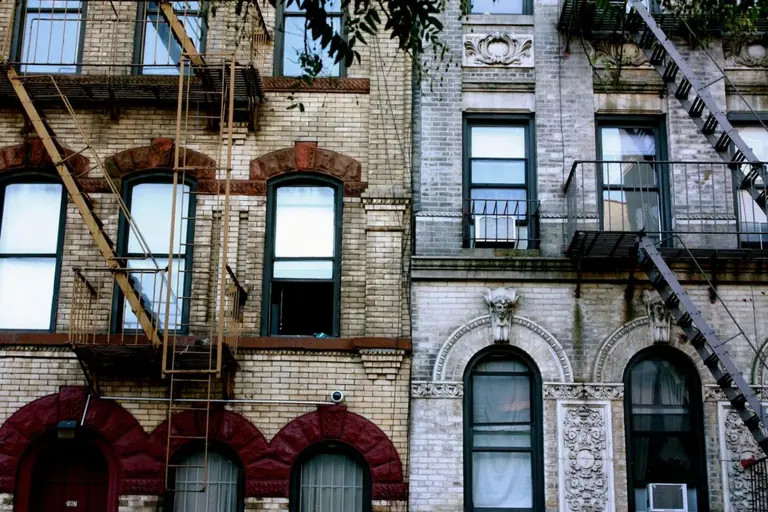Removing garbage cans in subway stations led to more trash and track fires
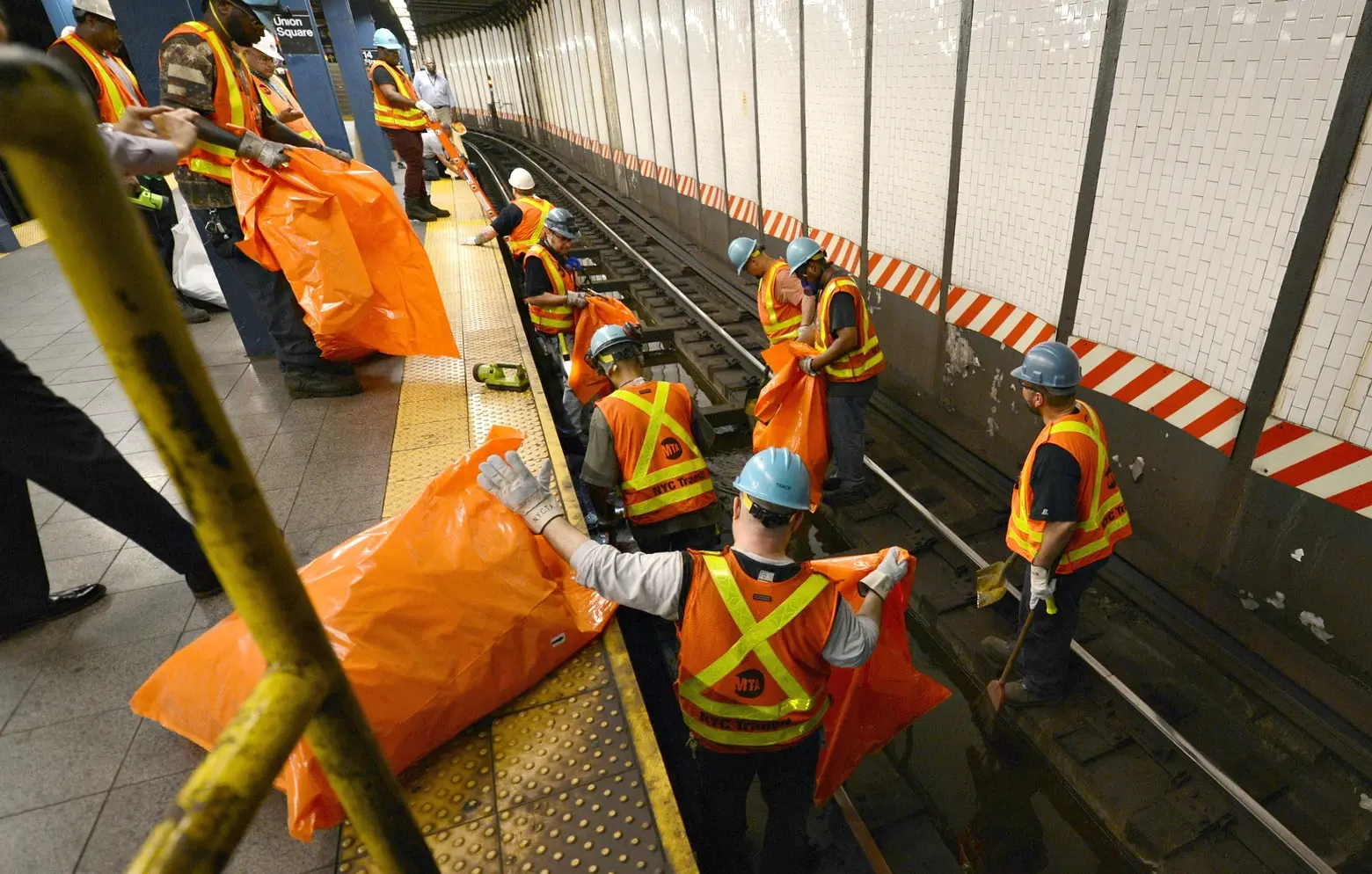
For those who thought removing subway station garbage cans as a means to decrease litter and rats seemed counterintuitive, you were right. The Post looks at how things have fared since the MTA took out cans in 39 stations in 2012, and since this tactic was nixed by the state Comptroller’s Office in 2015. Despite the latter attempt to course correct, a new state report shows that the situation is still just as bad in many stations, with the amount of litter on the upswing and an increased number of track fires.
As 6sqft previously reported, “This past May the MTA recorded 50,436 subway delays, 697 of which were caused by track fires that could have been ignited by the 40 tons of trash that are removed from the system every day.” The build up of garbage isn’t exactly rocket science; with nowhere to dispose of their waste, subway riders end up leaving things like coffee cups and newspapers on benches and stairways or throwing it onto the tracks.
In response, state Comptroller Thomas DiNapoli said, “The clearest progress in the MTA’s pilot program so far is that they’ve returned garbage cans to some of the stations,” referencing the seven stations where they were replaced on the mezzanine level when track fires there had “become rampant.” However, there are still no garbage cans in high-trafficked stations like the Eighth Street stop on the R line in Manhattan, Flushing-Main Street stop on the 7 line in Queens, and all the above-ground stops on the J, M and Z lines in Brooklyn and Queens. And the MTA doesn’t have a system in place for alerting riders about which stations don’t have trash cans.
“Five years after they started this experiment, there’s still no evidence that it’s benefited riders by reducing trash or rats in stations,” DiNapoli continued, despite the MTA’s assertations that workers have had to pick up less trash in those stations targeted by the initiative. The agency also cites the success of their “Operation Trash Sweep.” Under the three-phase initiative, the agency employed a more vigorous cleaning schedule, instituted a system-wide cleaning blitz during which all 469 stations were completely cleaned over just two weeks, and, most recently, tested individually-operated Mobile Vacs that allow workers to quickly suck up trash. MTA spokesman Kevin Ortiz said track fires decreased at the targeted stations by 41 percent since the Sweep began.
[Via NYP]
RELATED:
- VIDEO: Watch the MTA clean subway tracks with their new Mobile Vacs
- As subway delays double, Cuomo may cut MTA funding by $65 million
- City Filth, Decoded: The Gunk on Subway Platforms Actually Has a Name
Lead image and GIF via MTA
